Since the dawn of widely available commercial cameras in 1999, a long heated discussion has arisen over whether or not digital image quality is equal to what is produced by film. So, is film truly superior to film? The answer is yes… and no.
Ways in Which Film is Superior to Digital
Film is ultimately higher in resolution than digital. So, for making very large prints, film currently can’t be beaten. This is especially true for photos which have a lot of texture that needs to be preserved, such as landscapes.
Film produces a “first-generation” image in that it is a direct representation of the light that entered the camera, unlike digital.
These days, even very high-end film cameras are usually less expensive or the same cost as a new mid-range DSLR, and will not become obsolete in only a few years time.
The dynamic range of film, which is its ability to retain details in highlights and shadows, is greater. Also, it is much more forgiving of overexposure and will not blow out the highlights nearly as much as digital will.
Film is more forgiving of subtle focusing issues.
You can double-expose film, which is something that the majority of digital cameras simply can’t do.
Film cameras don’t require nearly as much power to operate, so battery life is much longer than a digital camera.
Shutter lag is very slightly less than in digital cameras. This used to be a bigger issue than it is now.
While this is purely subjective, some photographers believe that film is a more “authentic” form of photography. However, the same line of thinking was prominent in the very early days of photography when painters complained that photography was lacking in creativity.
Ways in Which Film is Inferior to Digital
Film simply takes much more work to create an image.
Prints from negatives are completely the result of the skills and tastes of the person making the print. Unless you have the facilities to make the prints yourself, you will almost always end up with a result that you didn’t intend. This can basically ruin your image and render it useless to you. The exception to this is slide (transparency) film which is what most professional photographers once used.
Storing negatives and prints, which all need to be laboriously hand-labelled, can end up taking up lots of space for the avid photographer.
While it is possible to scan film into your computer and edit your images in software like Photoshop, there will always be some loss of image quality. This is true even if the most expensive professional scanner is used.
While the initial cost of a film camera is indeed lower, the ongoing cost of buying and processing film will quickly add up to a very large expense.
No instant gratification. You must wait until the film is developed to see your photos.
Now that we have gone over the various assets and deficiencies inherent in film photography, let’s do the same thing with digital.

Ways in Which Digital is Superior to Film
Digital photography, for most applications, is much more convenient. You can shoot hundreds, or even thousands, of images and make prints that are a few feet on a side. Also, In this day and age with so much of our work being shared electronically via email and online galleries, digital cameras are ideal.
The instant gratification of seeing your photos immediately after taking them is very fun for most photographers. Combining this aspect of digital photography with the ability to take as many shots as desired, since each shot costs nothing, can greatly speed up the learning curve for budding photographers.
Digital cameras are usually lighter and a single memory card can store more photos than many rolls of film.
It is easy to import your photographs into image editing software such as Photoshop, and there will be no loss of image quality from using a scanner. This also makes it easy to only print the photos you want from a batch, rather than having to print an entire roll of film horrid shots and all.
EXIF data is recorded for each and every shot by the camera eliminating the need to record it by hand.
Digital cameras are capable of higher speeds than film, so they perform better in low-light situations. Also, it is very easy to change speed on a digital camera whereas a film camera requires a completely new roll of film.
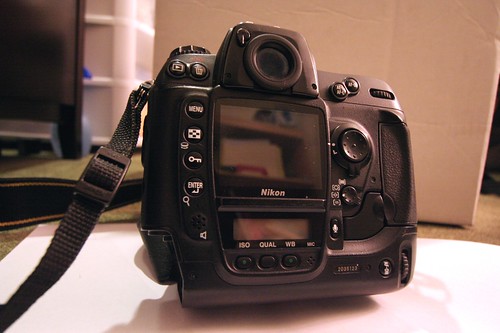
Ways in Which Digital is Inferior to Film
Digital cameras do a horrid job of handling highlights sometimes and can cause an abrupt, rather than gradual, switch to white.
While easy for film, long exposures are a real problem for digital. Digital image sensors have tiny bits of leakage which can add random white dots to your long-exposure photos. Also, long digital exposures can cause a noisier image than film. This can be countered to some extent by operating the camera at low temperatures, but this is not a shooting condition that can be controlled.
You can lose years of photographic work from a computer crash if you haven’t backed up your files. While film photographers have lost their entire body of work in the rare house fire, this is much rarer than a hard-drive crash. Most people eventually experience a computer crash.
Digital cameras are generally more expensive than film cameras.
Most DSLRs save images in a RAW format. Since each camera manufacturer and model has its own RAW formats, storing your photos in this form is probably not a good idea since they will possibly not be readable someday. The JPEG file format is universal however and will likely be readable for years to come.
In conclusion, neither film nor digital is ultimately “better.” Each photographer must choose which photographic format that works for their application, budget and personal preferences. It is indeed ultimately the photographer and not the medium which defines what is quality. While the use of film has significantly declined due to the explosion of digital photography, it is certainly still has its uses and isn’t going away anytime soon.
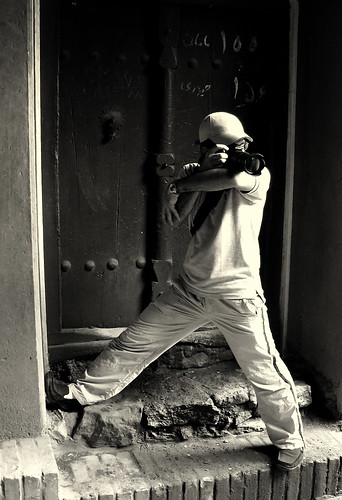
Rachael Towne is a photographer and the creator of Photoluminary.
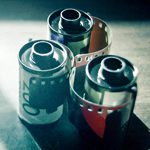

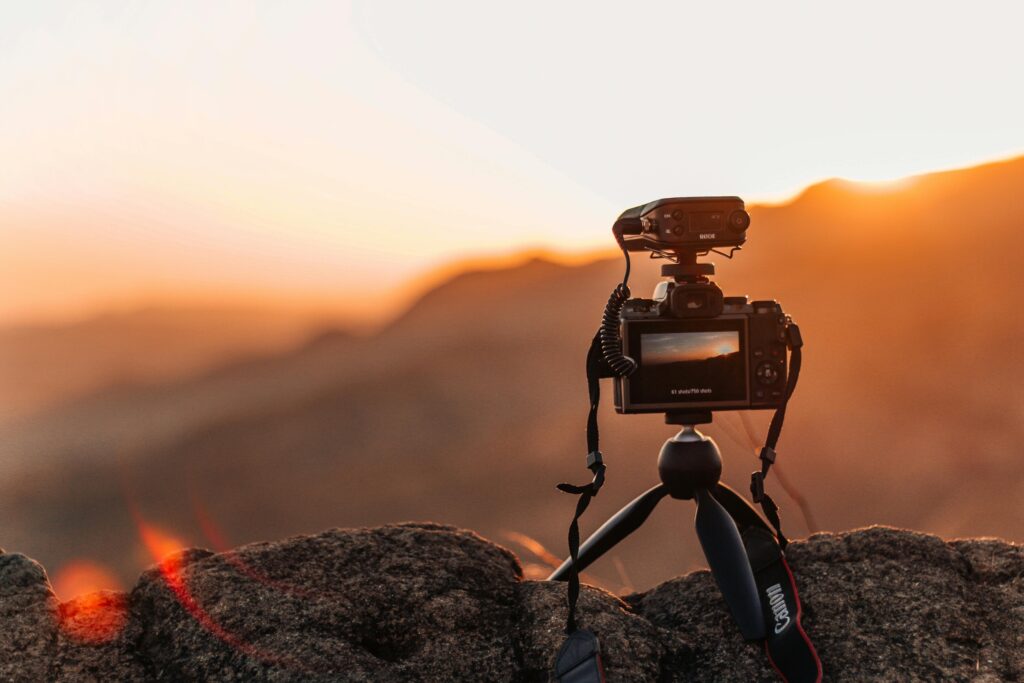
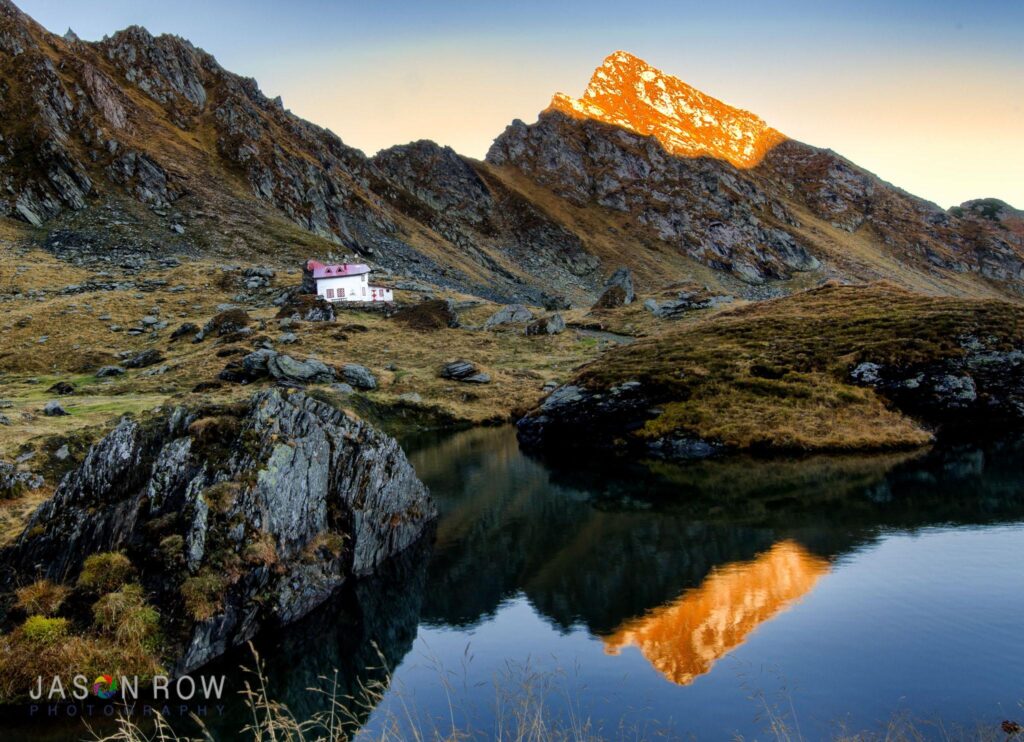
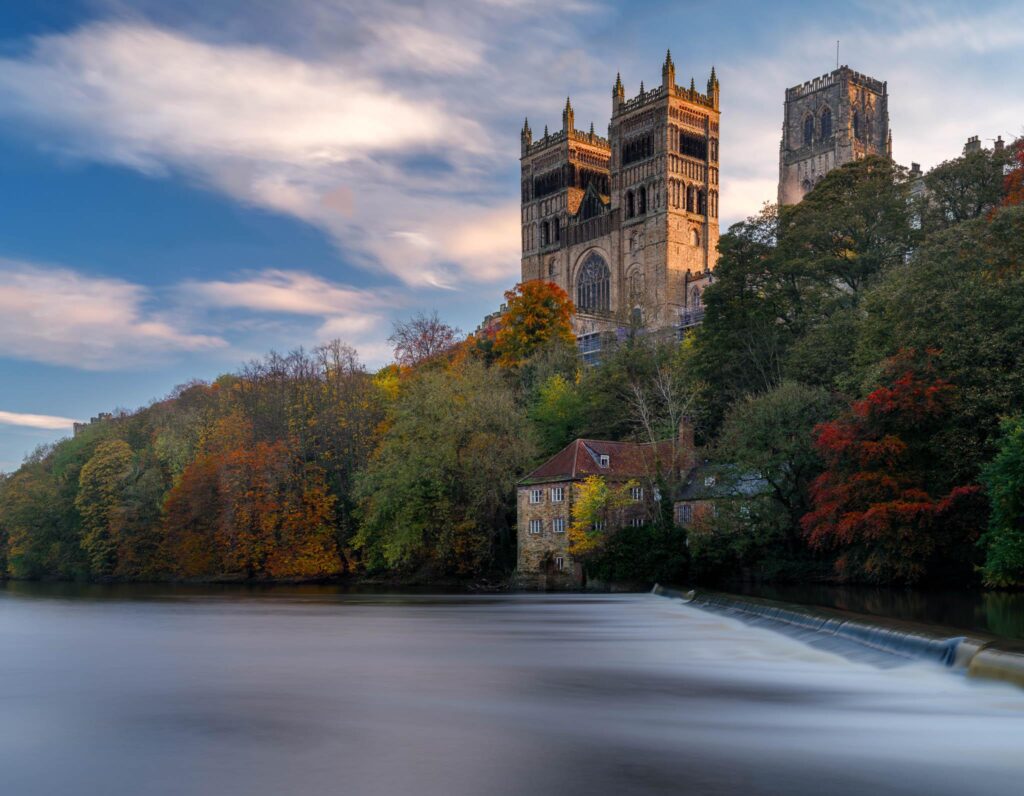

23 Comments
I agree with most of what you say, but as mentioned above, I wouldn’t store files in JPG format.
Also, you say that shooting digital is free. I couldn’t disagree more. Each time you press the shutter you shorten the life of the camera. You can see my entire argument about this at
But like you say, each tool has it’s pros and cons, and you have to choose the proper tool for the job at hand.
Have Fun,
Jeff
Looking at the costs… an EF-S lens on a 5D or a film EOS? Really?
BTW, shutters break on both film and digital cameras. They can also be repaired on both. There are decade old DSLRs in perfect working order…
One thing I think really needs to be pointed out: you mention JPEG as more universal and suggest people should store photographs long term that way. I would strongly recommend against that. JPEG introduces lossy compression to the image, degrading the quality of the photograph significantly.
Instead, I would consider converting your RAW image files to either TIFF for long storage, or Digital Negative (DNG), which is an Adobe-developed, multi-software-supported format based on TIFF that also preserves a lot of the proprietary RAW embedded data as XML.
That’s a good point and one that has been pointed out twice now in regards to this article 🙂
I agree with you. Jpeg is a format that I personally only use when an image is done in edit I’m uploading it to my website or sending it out for print or uploading to web. In case of Raw-files, I import them with the original RAW-file embedded within in the DNG-format as this enable me to also save the metadata in the same file, instead of in a xml-sidecar.
I agree that the argument FOR jpeg against RAW for long term storage was a bad idea.
I’ll take it a step further… that I’ll just keep the proprietary RAW format and NOT convert to .dng or .tiff.
Even if Adobe somehow decided to stop supporting RAW files from my 2006 dSLR (unlikely), the free dng converter they supply today will still work just fine. Or more likely, the previous version of LR or CameraRaw. If need be, I’ll convert to dng in a batch then!
Unless your workflow involves juggling sidecar .xmp, I don’t see the benefit of .dng… you only lock yourself out of other software that may potentially be better down the road.
For the majority of work that’s being done when it comes to taking pictures today, the digital format is superiour in every sence. From the candid snapshooter to the pro. And the “old” billboards may be gone in some years, replaced with flatscreens to display the images. And then the old film will really be absolete.
And today, the only area that film beats digital is in large format, which is far to slow to capture todays fast pace.
There’s also the cost of money and time to develope the film. I’ve shot both. I used to shoot film and then digitalize my negatives/slides. I can’t say I miss it when I now look at my images shot with my Nikon D800.
But I know there is still some fine-art photographers holding onto film as the format of choice, like Sally Mann, Anton Corbijn, Morten Krogvold and Clyde Butcher. And in the hands of these masters, yes, the nostalgica of film shines.
But don’t get me wrong, every medium from pencil to pixsel has it’s pros and cons, and there’s the choice we need to make. “What suites ME, the imagemaker, best.
I’ve also written some of my thoughts about digital vs analog in my blog for those who want to read.
Film is thought to be up to 16 megapixels for 35 mm so for the standard tog digital holds a higher pixel count. Medium and large format obviously have potentially a higher pixel count, but with digital backs we’re looking at up to 80 megapixels.
I tout digital exceeded film a few years back now on the pixel front.
To be precise, equivalent Mpix of a 35mm film ranges depending on the emulsion used. Unlike digital, it is typically inversely proportional to the sensitivity (you won’t pay for greater sensitivity in noise but in grain). That said, number is closer to the 30Mpix for standard 100-400 ISO range in modern color stock. Digital is just about there. Only remaining advantage of the film in my opinion is dynamic range, even there digital is closing in by each new generation.
Well, as luck would have it, I am currently experimenting with film camera. Just to get the feel of it. And I wrote my initial reaction to this format.
https://amrylmalekphotography.wordpress.com/2012/08/29/shooting-film/
It’s a case of horses for courses.
I recently tested my Canon 5D MkII to find it had about 5 1/2 stops dynamic range – that’s not a lot of latitude. Film OTOH has easily 13 stops latitude.
Those shooting landscapes on 35mm aren’t even in the game professionally.
Much of this discussion revolved around a 35mm standard – pick up a medium format or large format camera and you must reassess. Optics, too, play a big role.
The single biggest advantage film has is quality; for digital, it’s convenience.
For what I do, I seriously wish digital capture could meet my needs. The ease of digital photography is certainly alluring.
For four years now I’ve been comparing digital capture (Nikon D200) to film capture (Nikon F5, Mamiya RB67) primarily for landscapes. I scan film negatives with the Epson V700 and process as a digital image. I print from 20×30 in to 30×40. I can easily create a 35mm negative having 30+ megapixels, and the 120 negative to 100+ megapixels without stressing my scanner. I need the high resolution to produce these large prints (for sale, btw). I find myself almost never using my digital camera for anything other than snapshot photography because of the disappointment I’ve had when it comes to printing anything bigger than 20×24.
Plus, film capture has a different look to it that I really like; I believe it’s related to the extreme acuity that digital capture creates, but I’m not sure. I’ve written about my experience here: https://jrileystewart.com/blog/2011/09/19/film-vs-digital-insights-from-the-high-end/
https://jrileystewart.com
this grounded list is well appreciated by a photographer who likes to use tools and techniques that best support my visual art practice
Although it pertains to the moving image, the documentary Side by Side has a lot to say on the subject.
Film is simply the best quality capturing medium there is by far to any other media ! Those who have ever had their hands on it, know this is a fact of life ! Any other Digital capture device is trying to create an image that “looks like film” but it does not ! The greatest creative artists in the world prefer film as their prefered choice ! In today’s economy Digital has an entry area in projects where there is not enough funds but if money was not an object those projects would choose film as a capturing medium. It is like comparing watercolor painting versus oil painting, the result is never going to be the same due to the fact that the look of the origination is not the same ! Ask Velazquez or Goya to paint with watercolors one of their masterpieces….
lol – what a steaming load of crap
When light enters a digital camera, it is actually silicon that collects the light, which is an analogue process. That analogue signal is then converted to digital in-camera.
The only way one is getting a more analogue experience out of shooting film is if one avoids computers and scanning altogether and just prints with an enlarger.
Neither of these processes is more artistically valid. Just a different way of doing things.
the title of this article is very much biased. images aren’t biased :
True, film has more dynamic range than digital, in more specific 5d Mk 3, highlights are much more preserve on the film.
Film easily loses in the shadow details you can recover (and I’m not even talking about slide film here). When you know how to expose with a digital camera, the latitude is at least equal to many quality negative films (again, slide films are no match anyway). I’m convinced that many film shooters don’t know how to expose and post process correctly with a digital camera.
Interesting insights here. I feel lucky that I cut my teeth on slide film mainly. Using that meant getting things right in the camera first time. I still use this approach with digital and find I often only have to do minor adjustments to get a pleasing result, pleasing to me that is! I find that most of the skills required with film really pay off in digital. We should always be ‘making’ an image, rather than ‘taking’. I just wonder where the constant race for more pixels is going. I guess we must just reach a point that pleases each individual and rest there!
I have been into digital for some time now. I like all the instant conveniences of this. What I don’t like is the constant pressure to have new gear that chases the ever expanding pixel count. I started with 4mp and gradually rose to 24mp. Going through my images it strikes me that my early pictures simply don’t stack up well in terms of being useful beyond 10×8 enlargements if even that. Getting to 10mp saw a vast improvement but even those images lag behind what I get today. What has really struck me is that, in the days of film, the medium lead the way. If I chose a great film I was always on an even playing field. Only equipment quality and my own ability held me back as I worked mainly in slides. I really feel I am on an endless escalator with digital. As the pixels grow so do the requirements of publishers and others pertaining to their standards. I am not sure I want to, or can afford to, go back to film. There probably isn’t any easy answer but I felt like expressing myself, and I have!